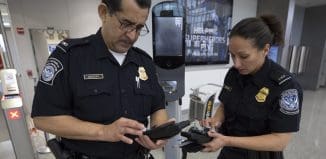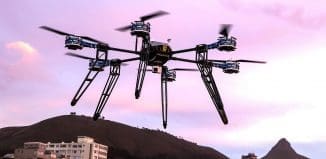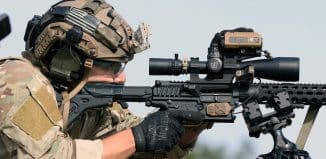Crash of a Jordanian fighter plane whose pilot was captured by ISIS
This post is also available in:  עברית (Hebrew)
עברית (Hebrew)

The main event of the week that ended 2014 was the crash of a Jordanian aircraft in Al-Raqqah and the capture of its pilot by ISIS. The crash is the first incident of its kind since the beginning of the air campaign against ISIS. It was used by ISIS for its propaganda purposes, claiming that it shot down the aircraft with an anti-aircraft missile. U.S. Army and Jordanian Army sources announced that preliminary evidence indicates that the aircraft crashed and was not shot down by ISIS. Sources in the Salafist movement in Jordan quickly announced that they would be willing to mediate negotiations between Jordan and ISIS for the release of the pilot in exchange for jihadi supporters imprisoned in Jordan.
On December 24, 2014, a Jordanian F-16 fighter plane crashed during a combat mission in northern Syria, near the city of Al-Raqqah. The pilot bailed out. ISIS announced that it had shot down the aircraft with an anti-aircraft missile and captured its pilot. On the other hand, the head of the US Army Central Command announced that the aircraft had crashed and was not shot down by ISIS: “Evidence clearly indicates that ISIL did not down the aircraft as the terrorist organization is claiming” (AFP, December 24, 2014). The Jordanian Army also announced that preliminary evidence indicates that the crash was not the result of firing by ISIS (Jordanian News Agency, December 24, 2014).
This is the first time a coalition aircraft has crashed while carrying out airstrikes against ISIS. ISIS has shoulder-fired anti-aircraft missiles, which it has used to intercept Iraqi Army helicopters on several occasions. However, the ITIC is not aware that ISIS is capable of intercepting fighter planes. Therefore, it is likely that the American and Jordanian version that the plane crashed (possibly due to a technical fault) is correct.
Register to iHLS Israel Homeland Security
According to the Jordanian and Arab media, the pilot, who was taken prisoner by ISIS, is a first lieutenant by the name of Mu’ath Safi Yousef al-Kaseasbeh, 27, who served in the province of Karak in southern Jordan. Senior Jordanian officials stressed that they are working to secure the return of the captured pilot. Sources in the Jordanian Salafist movement announced that they are prepared to mediate between the government of Jordan and ISIS over the release of the captured pilot in return for operatives, supporters of ISIS, imprisoned in Jordan. It was also reported that Jordan has asked Turkey to help it in its efforts to secure the release of the captured pilot (Hürriyet, December 29, 2014).
There are over 200 Salafist-jihadi operatives detained in Jordan (Al-Ghad, December 29, 2014). Some of them have been detained for involvement in terrorism and subversion against the regime. Their possible release in exchange for the captive Jordanian pilot is liable to strengthen the power of the supporters of ISIS and the global jihad in Jordan, increase the risk that they pose to the Hashemite regime and, possibly, hamper Jordan’s involvement in the US-led coalition.
Exploitation of the Jordanian plane crash for propaganda purposes
- ISIS was quick to disseminate news of the downing of the Jordanian plane in the media, shortly after the incident, in order to achieve the maximum propaganda effect. To enhance the achievement, it claimed that the plane was shot down by an anti-aircraft missile (actually, the plane apparently crashed). ISIS also published a false report on social networks and on one of its forums, claiming that ISIS had shot down another coalition plane in Iraq and captured its pilot.
- Dabiq, ISIS’s internet organ, published an interview with the captured Jordanian pilot on December 29, 2014. The interview was utilized to spread ISIS’s propaganda messages in English. Among other things, the pilot stated that he was shot down by a missile and that he had “heard and felt it hit the plane.” He also noted that he met some 200 American pilots at his base in Jordan and furnished details about the Arab air forces assisting the US.
Written by: The Meir Amit Intelligence and Terrorism Information Center





























